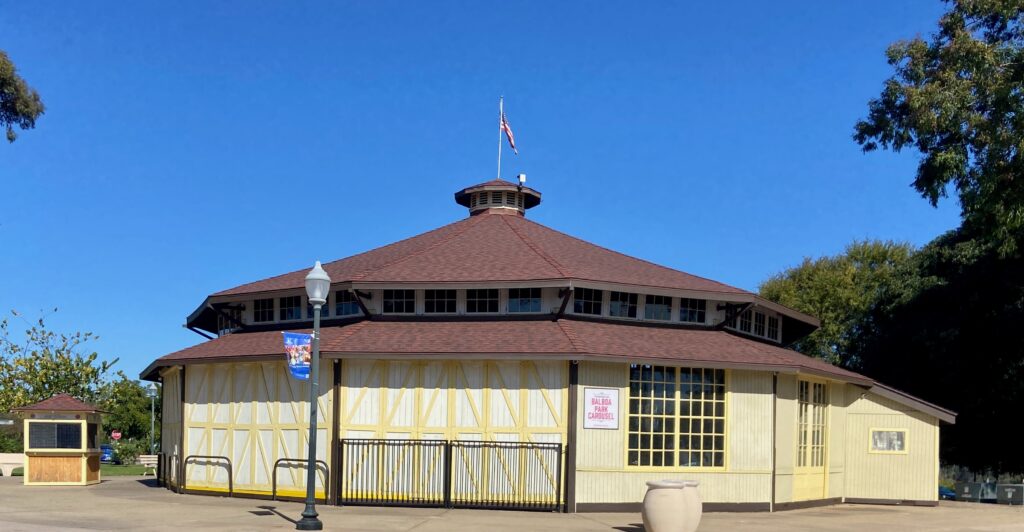At noon today, i walked up my slope and sat underneath our flag. i looked out on the Pacific. i raised the bottle of beer i had brought with me specifically to salute a legend.
JD Waits and i shared an untold number of beers together. We will not share any more beers, or martinis. Today, JD went into hospice, suffering from pulmonary fibrosis. He will not be coming back to his home in Bastrop, Texas.
i met JD soon after our ship, the USS Okinawa (LPH 10) departed Perth headed around the south of Australia en route to Sydney. It was September 1981. We, along with Major Lou Rehberger, USMC, and Marine Air Ops, Commander King Deutsch, the aviation maintenance officer, and his assistant, CWO 3 JD were in the office of our executive officer, CDR Vern Von Sydow. We all had different reasons to see the XO.
The stories of the legend and me began.
JD’s beginnings were as the son of John David and Wanda Pearl Waits in Houston, Texas. They ran a no-kidding diner that was known for wonderful fare, especially their barbeque.
i shall not expand on JD’s history now except to note he was brilliant in anything he undertook. And his story telling eclipsed the story telling of anyone i have known.
As i am doing with another of my close friends, Marty Linville, i plan to post JD’s exploits and stories, as well as the many adventures, mostly off the grid, we shared.
For now, as i deal with his situation, i will include one of my favorites of all of his stories. i must let you know no story of JD’s could be better than when he told it.
♦︎♦︎♦︎
Back a number of years ago in rural Texas, the most valuable man in the county was the one who owns a backhoe. For some reason, Texans love to dig holes. Ernest, was proud of being the owner of the only backhoe in Henderson County, about fifty miles southeast of Dallas. The back hoe made him a busy and well-respected man.
Down the road from Ernest lived a television commercial producer who specialized in animal commercials. His property was full of lions, tigers, giraffes, monkeys of all types, and one elephant. Ernest liked going over to see the owner of the east Texas menagerie and offer unsolicited advice. On one visit, Ernest, a master of the obvious, noticed the elephant had been lying still for quite a while.
“What’s wrong with that elephant?” he asked. “It ain’t moved since I got here.”
“Ernest,” the producer said with great sadness, “it up and died last night.”
“Damn, that’s too bad,” replied Ernest offering his sincere condolences, “What are you going to do with it?”
“Ain’t quite rightly figured that out,” the producer puzzled, “Call someone to get shed of it, I guess.”
Uncle Ernest, never being one to miss a chance to use his backhoe and make a little money, quickly offered his services. A price was agreed upon, and Ernest set to his task. He sized the elephant up, down, and crosswise and went back home, returning with his backhoe.
After a short discussion, a burial site was determined. Ernest went to work digging the elephant’s grave.
As soon as the digging was completed, the problem then became getting the elephant from its place of demise to the place of burial, a distance of about half a mile. The producer and Ernest agreed the solution was to attach logging chains to the elephant and drag it to the spot with Ernest’s big pickup.
By the time the dragging began, quite a crowd had gathered. The elephant was dragged up next to the hole. All of the observers became participants. With long poles, pulleys, ropes, and the aforementioned logging chains, the elephant was pushed, pulled, pried, and drug into the hole.
Unfortunately for Uncle Ernest and the elephant, the hole was not deep enough. The only thing to do was to dig another, but deeper hole. Avoiding the gory details of how they got that dead elephant out of the hole, it is enough to know the operation involved overalls, swim masks, and chain saws.
One of the greatest sins one can commit in the great state of Texas is to dig a hole that can’t be used. Poor Ernest was now the object of dead elephant, a useless hole, and elephant jokes.
But not for long.
Ernest’s wife, Billie Fern, was a Henderson County Sheriff’s dispatcher, a position with inside and most often, useless information. Ernest called Billie Fern to relate his sad state of being a joke in the county, the details of elephant interment, and the associated problems.
But before he could get to his story, Billie Fern informed him she had just received a dispatching call from a convenience store manager whose store was close to their house. The owner had called the dispatcher to report finding 11 dead ostriches in a dumpster behind his store (This area of Texas is an ideal place for raising large flightless birds, and unfortunately, ostrich rustling has become a major crime problem).
Forgetting his sad plight, Ernest was elated.
“Billie Fern, call the owner back and tell him, I’ll haul off those ostriches and bury them for him,” he shouted joyfully into the phone.
“Are you crazy,” Billie Fern replied.
“No, I’m not crazy,” Ernest responded, “I’ve already got the hole dug.
“This will be pure profit!”
♦︎♦︎♦︎
God bless you, JD, for giving me your stories.



